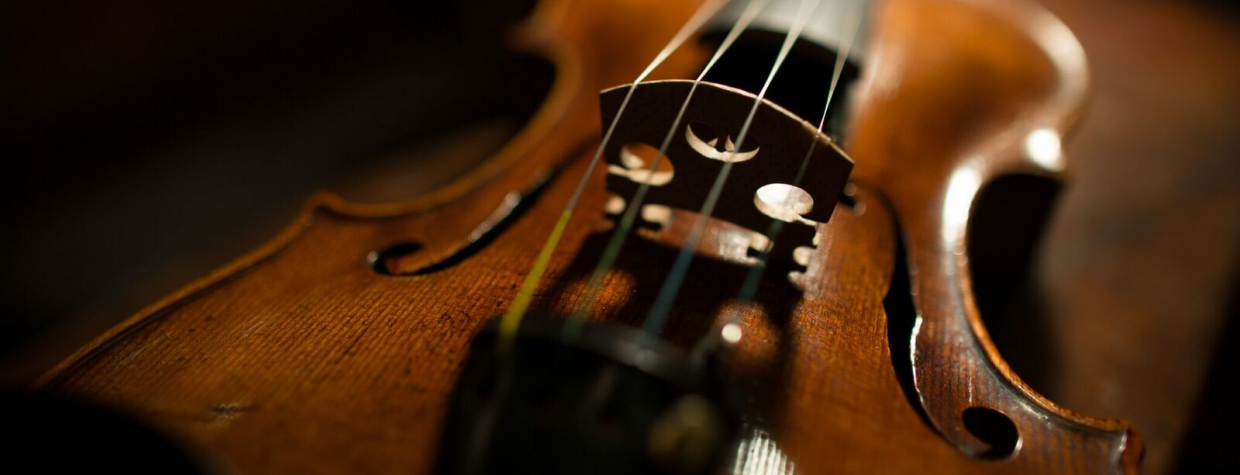Twenty years ago, Israeli violin maker Amnon Weinstein began locating and restoring violins of the Holocaust as a tribute to the lives lost. These restored violins and their stories were named the "Violins of Hope."
This February, those instruments will arrive in the Valley as part of a nearly two-month-long effort to bring stories and education of the Holocaust to Arizonans.
Julee Landau Shahon, co-chair of Violins of Hope, said she, along with fellow co-chair Rachel Hoffer, worked for the past three years to create a communitywide project that would incorporate five different aspects. They wanted to include at least one exhibition, feature the violins in different ways musically, incorporate adult education, focus on student education, and bring together the community on a broader scale.
“The violin gave people hope, and that’s what Violins of Hope really means," Shahon said. "When the instruments were played, it connected people with their humanity. Music is the universal language. It unites us because we all feel the emotion coming from the instrument."
She added, “What I hope ... is that people who don't have knowledge of the Holocaust learn about that history and make a connection with what’s going on in our world today. When we look in our own country — the rise of hate groups, the rise of hate crimes, the rise of anti-Semitism, and these are all exponential increases — when we look to Europe and we see the same thing, that we remember this is how the Holocaust started, with some of the things we’re living through now."
Marty Haberer, CEO of the Jewish Federation of Greater Phoenix, said he also hopes the events of this program will help to educate Jewish and non-Jewish people about what happened during the Holocaust.
“The survivors of the Holocaust are now in their nineties, which means there’s not a lot of them left, and soon there will be none," he said. "To have gone through something as atrocious as the Holocaust — where 6 million Jews and 10 million people were destroyed — and not remember that would be tragic for humanity.”
Haberer added, "To me, I love the image of the violin as a witness. The idea that the violin was physically there: It was in a concentration camp, it was in the arms of somebody and it was being played. And then today, someone in Phoenix can play that very same song, Jewish, Latin American, whatever it might be and create the same songs coming from the same violin, connecting us to our ancestors, to our past. I can’t be a witness to the Holocaust, but those violins were there. Even though it’s an inanimate object, it requires a human being to bring music from it. It’s a real connection point between people. It’s almost hard to put into words, but it’s a witness, and there’s something beautiful about that.”
Violins of Hope will be in Arizona from February 3 through March 26. The program will feature a number of free or low-cost events, including:
- A multimedia exhibition of 21 Violins of Hope and their stories at the Scottsdale Center for the Performing Arts.
- Two orchestral concerts featuring Grammy-winning violinist Gil Shaham.
- A tribute concert honoring Holocaust survivors and their families, as well as those who perished.
- Chamber concerts at various locations.
- An adult lecture series designed by Arizona State University's Center for Jewish Studies.
- A photography exhibition at the Cutler-Plotkin Jewish Heritage Center, featuring more than 70 photos of Amnon Weinstein restoring the Violins of Hope.
- A book signing and lecture by Violins of Hope author James Grymes.
To learn more about the Violins of Hope project and upcoming events, visit the organization’s website.
— Kirsten Kraklio

